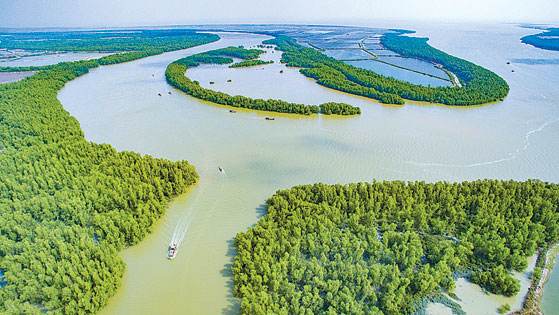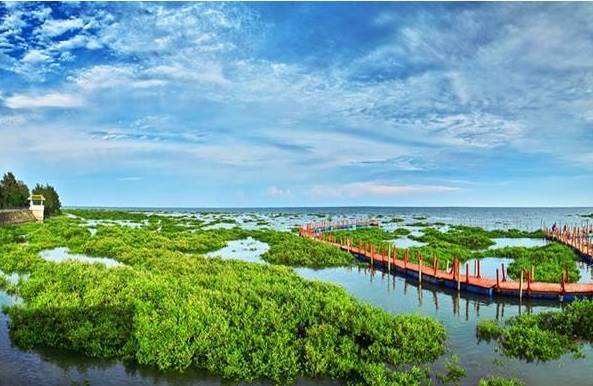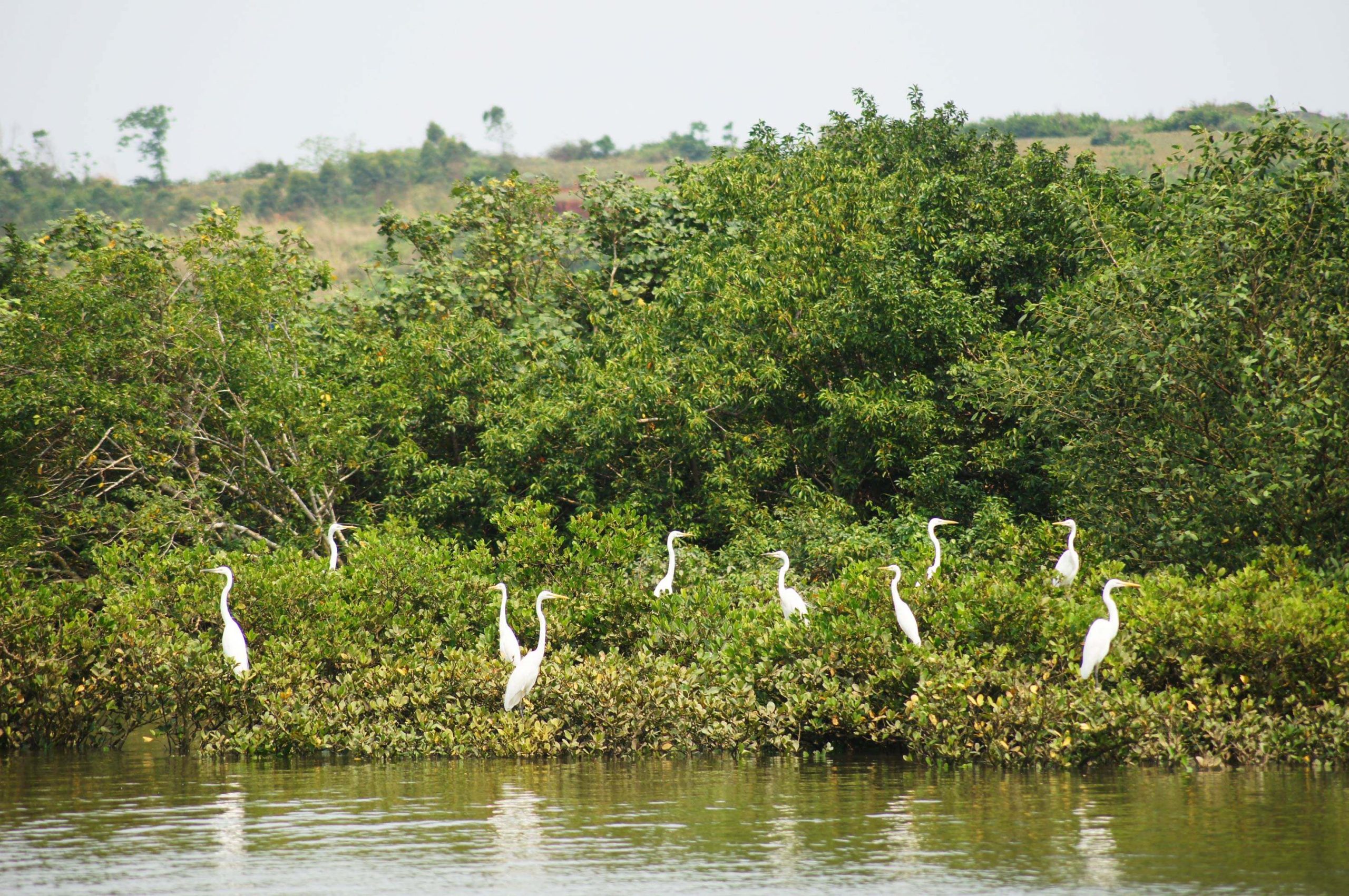The State Forestry and Grassland Administration released on the 20th that in recent years, the global mangrove area has decreased as a whole, but the mangrove area in Zhanjiang, Guangdong, in our country is increasing year by year.
Zhanjiang Mangrove Nature Reserve in Guangdong was established in 1990 and upgraded to a national nature reserve in 1997 with the approval of the State Council. The reserve is distributed along the coastline of Leizhou Peninsula and is divided into 37 protected areas with a total area of 20,278.8 hectares. The mangrove forest area is 7,228 hectares, accounting for 33% of the total area of mangroves in the country. It is the largest nature reserve with coastal mangrove area in our country.

Mangroves have dense and developed pillar roots that are firmly rooted in the silt to form stable "supports", known as "sea guards", which can withstand typhoons and waves.

However, in recent decades, land reclamation, wharf infrastructure, and beach reclamation have dealt a heavy blow to mangroves. According to the "China Marine Environmental Depth Report" released by the former State Oceanic Administration in 2011, compared with the 1950s, our country’s mangrove area has lost 73%. In the mid-1980s, the area of Zhanjiang mangroves dropped sharply from 14,000 hectares in the early days of the founding of New China to 5,800 hectares.
Since the 1990s, Zhanjiang has salvaged a number of mangrove forests and mangrove wetland ecosystems through the establishment of mangrove nature reserves. Due to the fact that the protected areas are too scattered, spanning 39 townships and surrounding populations of about 2.44 million people, it is difficult to solve historical legacy problems such as beach aquaculture and handle the relationship between development and protection.
In recent years, with the rectification of the central environmental protection inspector as an opportunity, Zhanjiang has taken many measures to restore and protect mangrove wetland resources, so that the ecosystem can be restored.
According to the Zhanjiang Mangrove National Nature Reserve Administration, Zhanjiang has formulated a special plan for more than 4,800 hectares of aquaculture ponds in the nature reserve, and plans to complete the task of clearing within three years from 2018. At present, 410.5 hectares of aquaculture ponds in the core area have been cleared. At the same time, for the aquaculture ponds in the experimental area, a condominium agreement has been signed with the farmers to provide ecological compensation, so that the farmers can ensure natural tide absorption and protect the normal growth of mangroves.

The reporter learned that in 2018, 157 hectares of mangroves were newly afforested in the reserve, 150 hectares were newly afforested in 2019, and 960 hectares were sealed and replanted, which promoted the recovery and growth of mangroves through ecological restoration. (CCTV reporter, Shi Shaoyu)
(Editor, Zhang Wensi)
关于作者